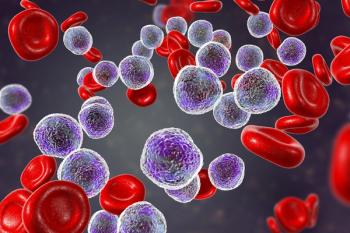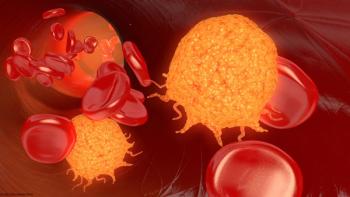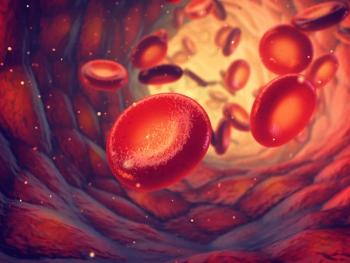
Musculoskeletal Manifestations of Pediatric ALL Delayed Diagnosis
Presentation with musculoskeletal manifestations as the only symptom in pediatric B-cell acute lymphoblastic leukemia was significantly associated with diagnostic delay. However, this delay did not affect patient prognosis.
Presentation with musculoskeletal manifestations as the only symptom in pediatric B-cell acute lymphoblastic leukemia (ALL) was significantly associated with diagnostic delay, according to the results of a retrospective study
“Musculoskeletal manifestations appear to be associated significantly with diagnostic delay but do not affect the oncologic outcomes of ALL,” wrote study author Seungcheol Kang, MD, of the department of orthopedic surgery at the Asan Medical Center Children’s Hospital in Korea, and colleagues. “Furthermore, given that the prevalence of malignancy among children presenting with musculoskeletal pain is extremely low, we believe that intensive hematologic evaluations for leukemia may be unnecessary for children who only present with limb pain, unless they also present with leukemic symptoms.”
According to the study, patients with ALL typically present with leukemia symptoms, such as the tendency to bleed or bruise, pallor or fatigue, or fever or vulnerability to infection. However, as many as one-third of patients with ALL will present with musculoskeletal manifestations. Many of these patients are misdiagnosed or undiagnosed during their first hospital visit.
With this study, Kang and colleagues evaluated the clinical and prognostic effect of musculoskeletal manifestations. The researchers reviewed 158 children with precursor B-cell ALL with follow-up for 2 years or longer. Based on initial presenting symptoms, patients were classified as having musculoskeletal symptoms (n = 34) or not (n = 134). They examined leukemic symptoms that could indicate the presence of leukemia, and the duration of both leukemic symptom duration and any symptom duration.
Those patients with musculoskeletal manifestations had significantly longer symptom duration compared with patients with nonmusculoskeletal manifestations (42.6 vs 21.9 days; P = .006). These patients also had a shorter leukemic symptom duration (7.3 vs 21.9 days; P < .001).
The 5-year overall survival for the entire group of patients was 88.4%, with no significant difference between patients classified as having musculoskeletal manifestations and those who did not. Although longer symptom duration did not affect prognosis, longer leukemic symptom duration was association with a poorer prognosis (hazard ratio = 7.72; P = .048).
“Although further studies are needed to validate these findings, we cautiously suggest that intensive evaluations for hematologic malignancies may be unnecessary for children who complain of limb pain without any definite cause, unless they also present with accompanying leukemic symptoms,” the researchers wrote.
Newsletter
Stay up to date on recent advances in the multidisciplinary approach to cancer.


















































































